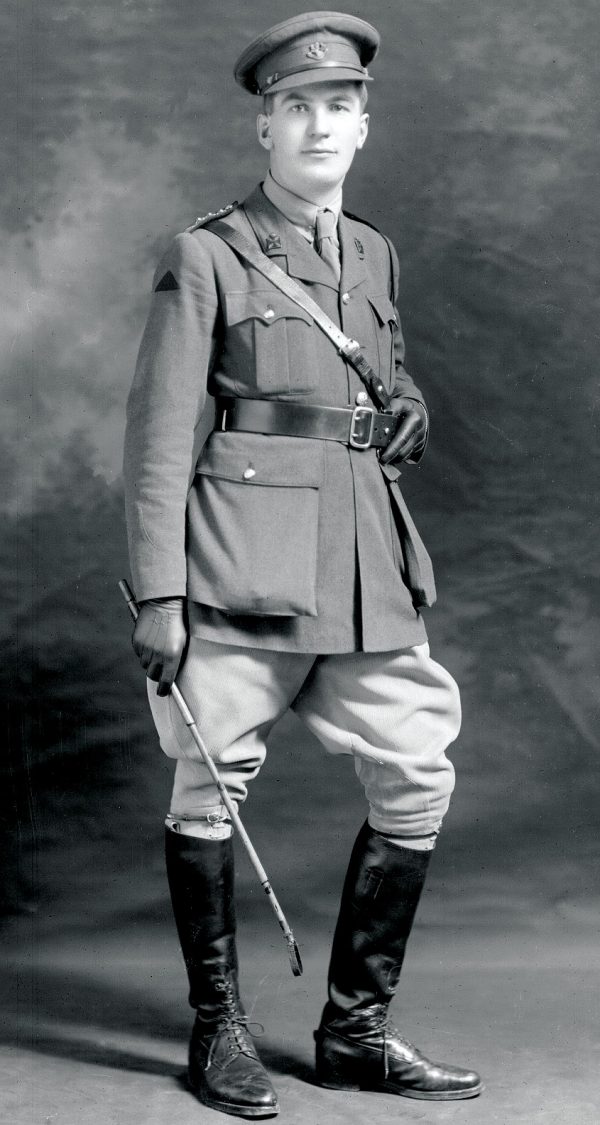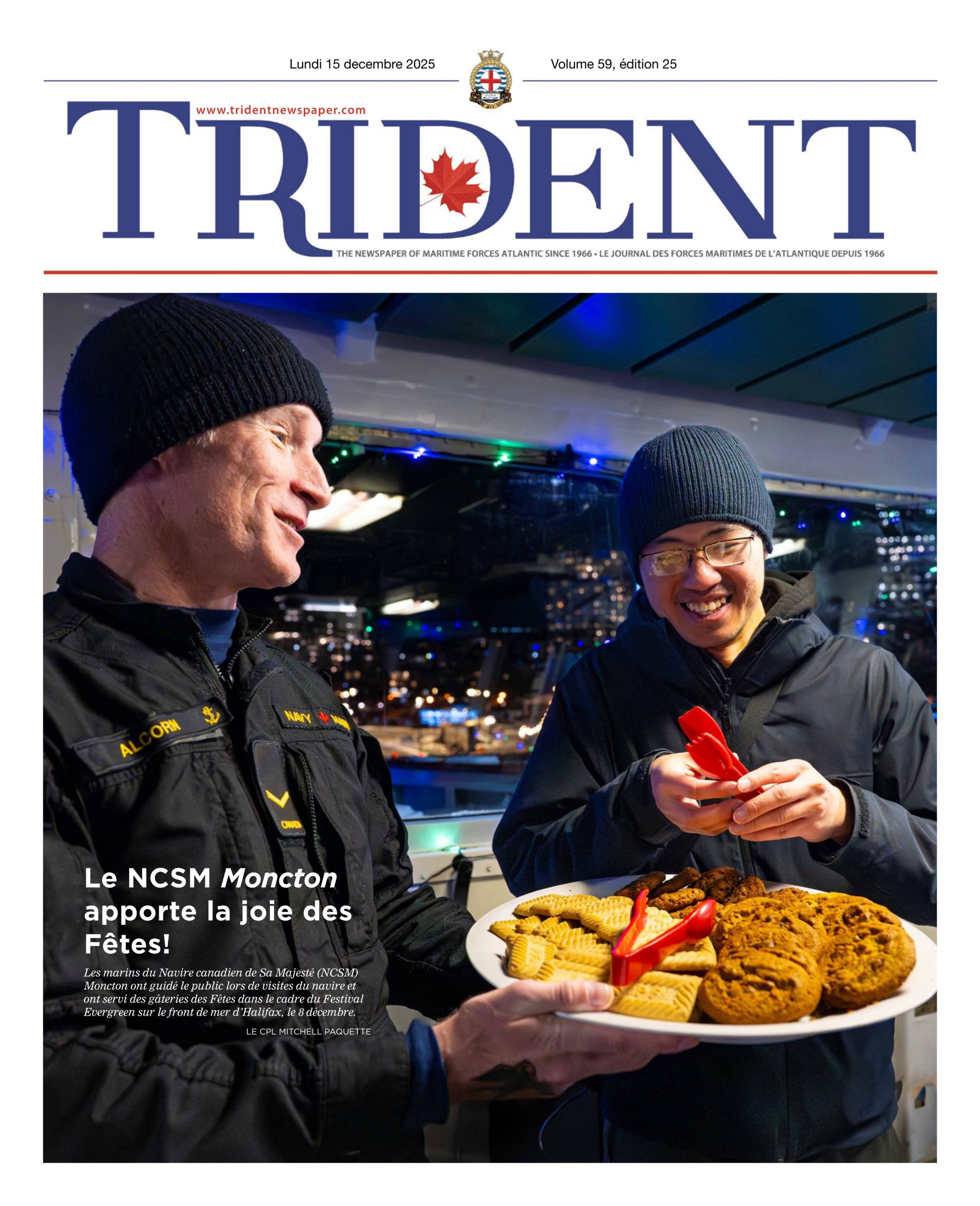Padre Nangle and the Royal Newfoundland Regiment
By Padre Lt(N)Tim Parker

Newfoundland, then a Dominion of the British Realm, produced a remarkable Regiment of heroes to fight in the First World War. Combat began for the Royal Newfoundland Regiment (RNR) in September 1915 at Gallipoli, Turkey. The RNR was the only North American combat unit to fight in the Gallipoli Campaign.
A St. John’s priest named Father Thomas Nangle had grown up with, played sports with, and was friends with many of the RNR soldiers. He campaigned hard for a commission as their chaplain, but with priests in short supply, his Bishop refused his blessing. Such was Fr. Nangle’s devotion to “our boys” (as he called them), that during the fierce fighting of the Gallipoli Campaign, he tried to enlist as a private soldier. If he could not serve as their chaplain, this priest would fight with his friends. The Governor of Newfoundland intervened, saying: “no ordained clergyman is to be sworn in as a private soldier in the RNR without the authority in writing of the official head of his Church. In the case of Father Nangle, the authority must be produced from his Grace the Archbishop of St. John’s. I like Father Nangle very much; but it is his first duty to conform to the Discipline of the Church.”
Meanwhile, the RNR fought in one of the most significant battles of the War: the Battle of the Somme; specifically, the Battle of Beaumont-Hamel. On July 1, 1916, the RNR and other Allied Forces were completely overwhelmed by the enemy. The Newfoundlanders suffered extreme casualty rates: 710 casualties out of 792 personnel. 19,200 British soldiers were killed, making it the worst single day in the history of the British Army. Even with these massive British losses, the RNR suffered the highest casualty rate (27%, 1,152 dead of 4,253 total personnel) of all Allied forces on the Western Front in the entire War.
Two weeks after the Battle, Padre Nangle was finally appointed chaplain to the RNR for it was considered inhuman that soldiers should suffer such extreme casualties and die without the consolations of the faith, without the rites of the Church, and without Christian burial. Even with a severe shortage of priests in Newfoundland, the spiritual and corporal works of mercy – which include burying the dead and praying for the dead – could no longer be postponed.
Padre Nangle served “our boys” on the Front for two years, even after being wounded in 1918. It didn’t take him long to heal: LCol Nangle “was not a man to stay in the rear. He was with his boys in the trenches with the shrapnel and bullets flying.”
In October 1918, the RNR was removed from the Front; the war ended two weeks later. But Padre Nangle’s longest-lasting contribution to the RNR may have been what he did after the War. He was selected to be the Dominion of Newfoundland’s representative on the Imperial War Graves Commission. Its mandate was to mark and maintain all military burial sites, to establish military cemeteries, and to locate and repatriate remains of soldiers or have them interred in new military cemeteries. Padre Nangle established the War Memorial in Beaumont-Hamel, the National War Memorial in St. John’s, and other memorials in Newfoundland and in Europe, always featuring the caribou, the symbol of the RNR. In this way, he contributed greatly to the spirit of Remembrance we embody this November 11 and always.






